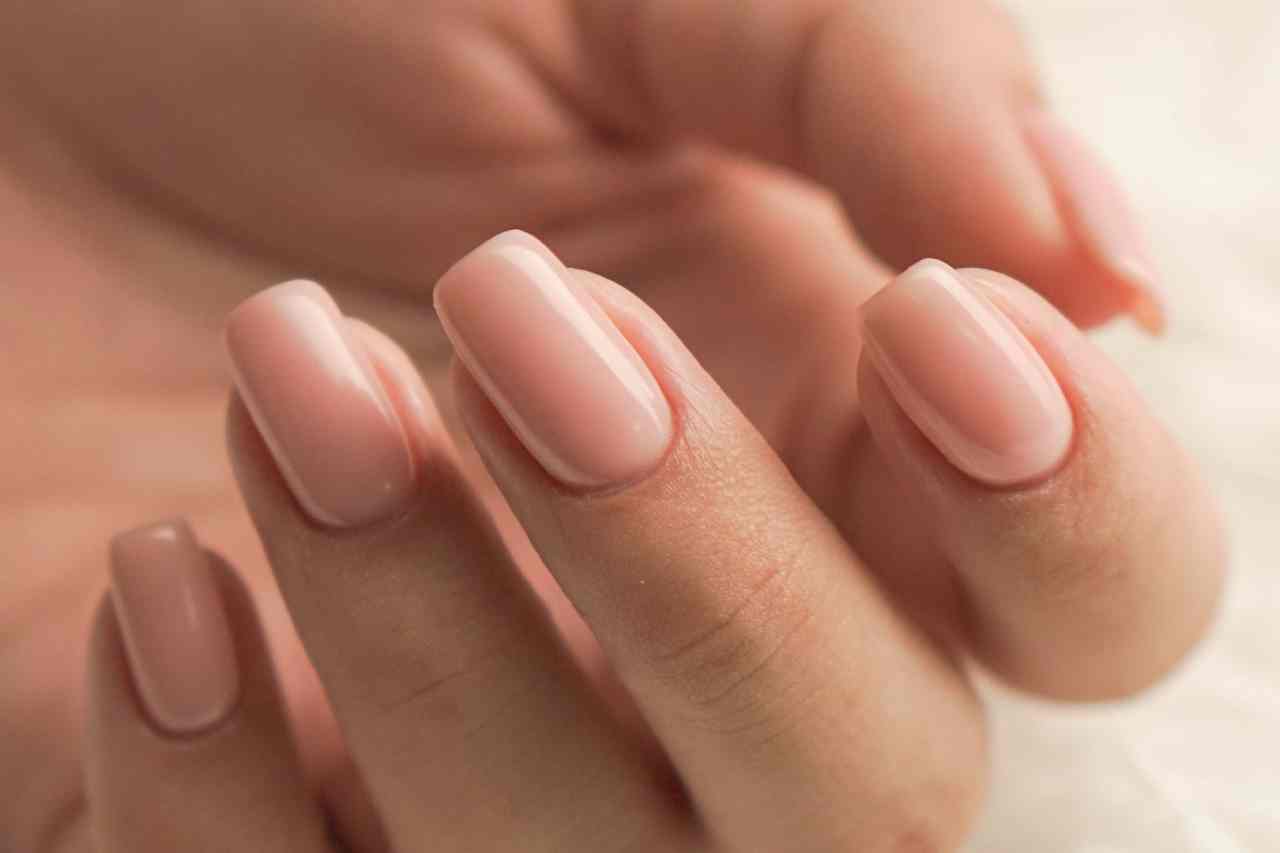When you have weak nails, it may seem like a constant (and impossible) battle to keep them from breaking. While getting your nails done frequently or doing them yourself at home may seem like the solution to maintaining the look and health of your nails, it may be doing more harm than good, especially when your nails are noticeably weak.
Double board-certified facial plastic surgeon, Dr Jaimie DeRosa says that “what you use to polish your nails can also weaken the nails. Gel nail polish and acrylic nails can harm the nails, as can the use of acetone-based nail polish remover.”
Meet The Expert: Dr Jaimie DeRosa, double board-certified facial plastic surgeon, Dr Hadley King, board-certified cosmetic and medical dermatologist
This may be the last thing you want to hear if you’re a regular in the nail salon, but the good news is, if you’ve noticed your they’re getting weaker, there are things you can do to strengthen brittle nails and prevent further damage.
What Causes Your Nails To Weaken?
“There are several practices that can weaken or damage your nails,” Dr. DeRosa explains. “Overwashing your hands or over-use of alcohol-based hand sanitisers can dry out the nails and make them weak,” she explains.
Getting your nails done at a salon and continually getting gel or acrylics on your nails isn’t helping the health of them either. Board-certified cosmetic and medical dermatologist Dr Hadley King shares that “acrylic and gel nails can reduce evaporation of water from the nail, which causes the nail and nail bed to be excessively hydrated and makes the nail bed more likely to separate from the nail plate.” In that case, if you refresh your acrylics or gel manicures every few weeks, you may want give your nails a short a break every once in a while.
You may also notice that your nails feel a little weaker during the wintertime. That’s because your hands being exposed to extreme cold weather and freezing temperatures can also have a negative effect on your nails.
Signs Your Nails Are Damaged
The signs of damaged nails can vary, but you may want to look out for the following:
- Discolouration (white or dark spots/streaks)
- Changes in nail thickness (either too thick or thin)
- Changes in nail shape (curling of the nail)
- Peeling or splitting nails
“Your nails should also be smooth and without pits, as well as no horizontal ridges,” Dr. DeRosa explains. One thing you should keep in mind is that it’s ok to have vertical ridges in the nails, which are more common with ageing.
How To Strengthen Your Nails
There are actually a handful of things you can do to make your nails stronger. “One of the easiest is to limit the amount of time your nails are soaking in water,” Dr. DeRosa explains. “So whenever you’re able, put on a pair of gloves before washing the dishes or cleaning.”
Keep your nails trimmed
Keep your nails trimmed and neat to help reduce the chance of a sharp edge or snags that can break the nail. “File your nails with a soft file routinely to help prevent those jagged edges that may snag or cause breakage,” Dr. DeRosa offers.
Moisturize
When taking care of your nails, it’s important to think of moisture. Frequent use of hand lotions and moisturizers is a great way to help keep the nails from drying out. When using hand lotion, make sure you’re rubbing the lotion into your fingernails and cuticles too. A nail or cuticle oil is also a great way to keep your nails healthy and prevent them from drying out.
Use non-toxic polish
When painting your nails, it’s important to look for non-toxic polishes that aren’t made with ingredients like formaldehyde, DBP (dibutyl phthalate), and toluene. Some polishes will include “3-free” on their labels, which means they don’t have those three ingredients. Others will even say “5-free” or “7-free” which means they also lack formaldehyde resin, camphor, and xylene. “You also want to avoid gel polish and be sure to apply an undercoat and overcoat containing a nail hardener to help strengthen nails and prevent breakage,” Dr. DeRosa explains.
Take a break from polish and acrylic
Dr. DeRosa recommends taking a break from polish every once in a while, too. “In addition, do not bite your fingernails or pick at your cuticles since doing this can damage the nail bed,” she explains. When choosing a nail polish remover, look for an acetone-free product as acetone can dry out the nails. If you have acrylic nails, know that it is hard on the underlying nail. It also doesn’t allow the nail to breathe. Removing acrylic can also be tough on the nails, so just remember to be gentle with yourself.
Reassess your diet
“Make sure your diet is full of nutrients and vitamins that help nail growth, including calcium, protein, vitamin C, biotin (vitamin B7), and vitamin E,” Dr. DeRosa explains. You don’t necessarily need to take nail supplements to accomplish this. You can incorporate foods such as nuts, vegetables, and eggs into your diet, which are rich in these vitamins. Dr. King recommends a supplement to support collagen, elastin, and keratin, which is the primary protein in nails and hair.
“The Biosil Liquid Capsules contain choline-stabilized orthosilicic acid, which stimulates the body’s production of collagen, elastin and keratin. It also protects existing collagen from degradation,” she explains. Biosil is a clinically proven supplement and may improve blood flow under the nail plate to help nail growth, as it activates I-proline, an important component of keratin, and it supplies orthosilicic acid, which can bind to keratin fibres to help make them stronger.
This article was first published in womenshealthmag.com.













